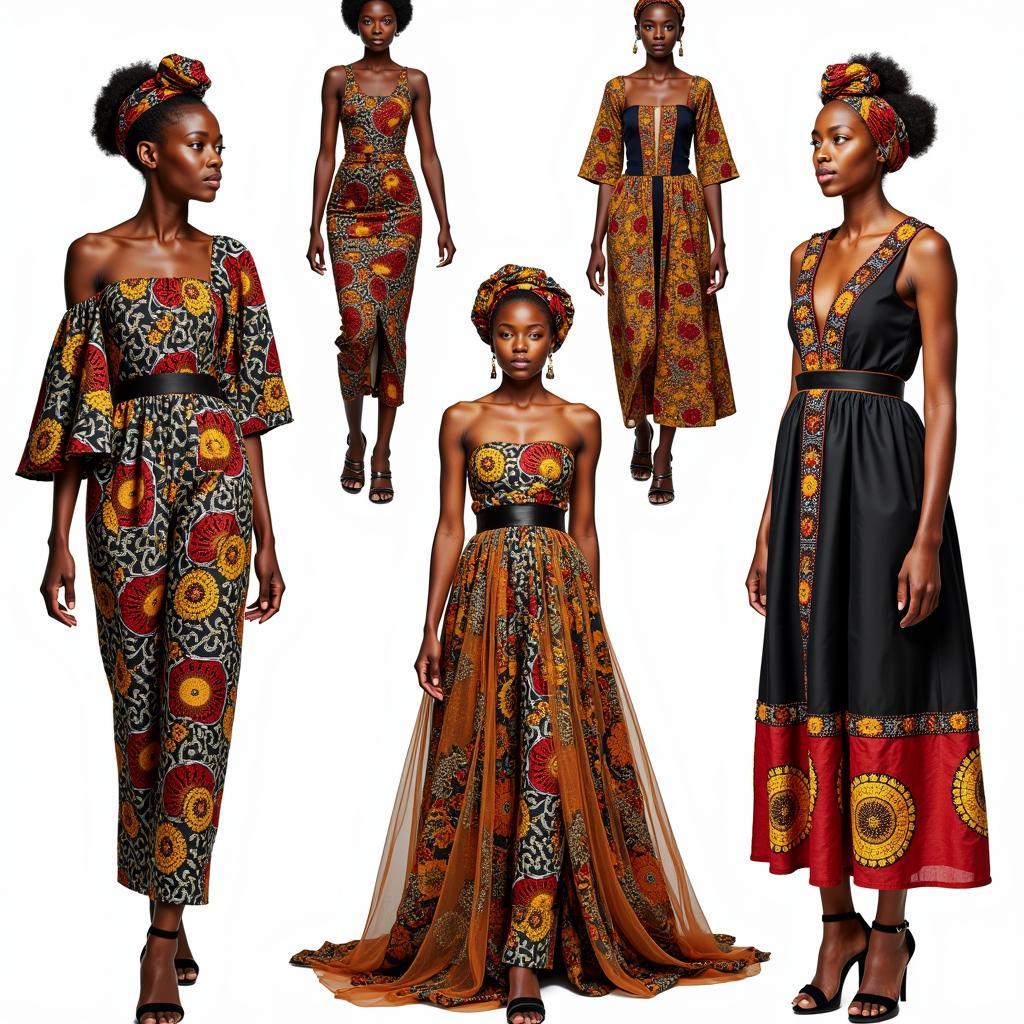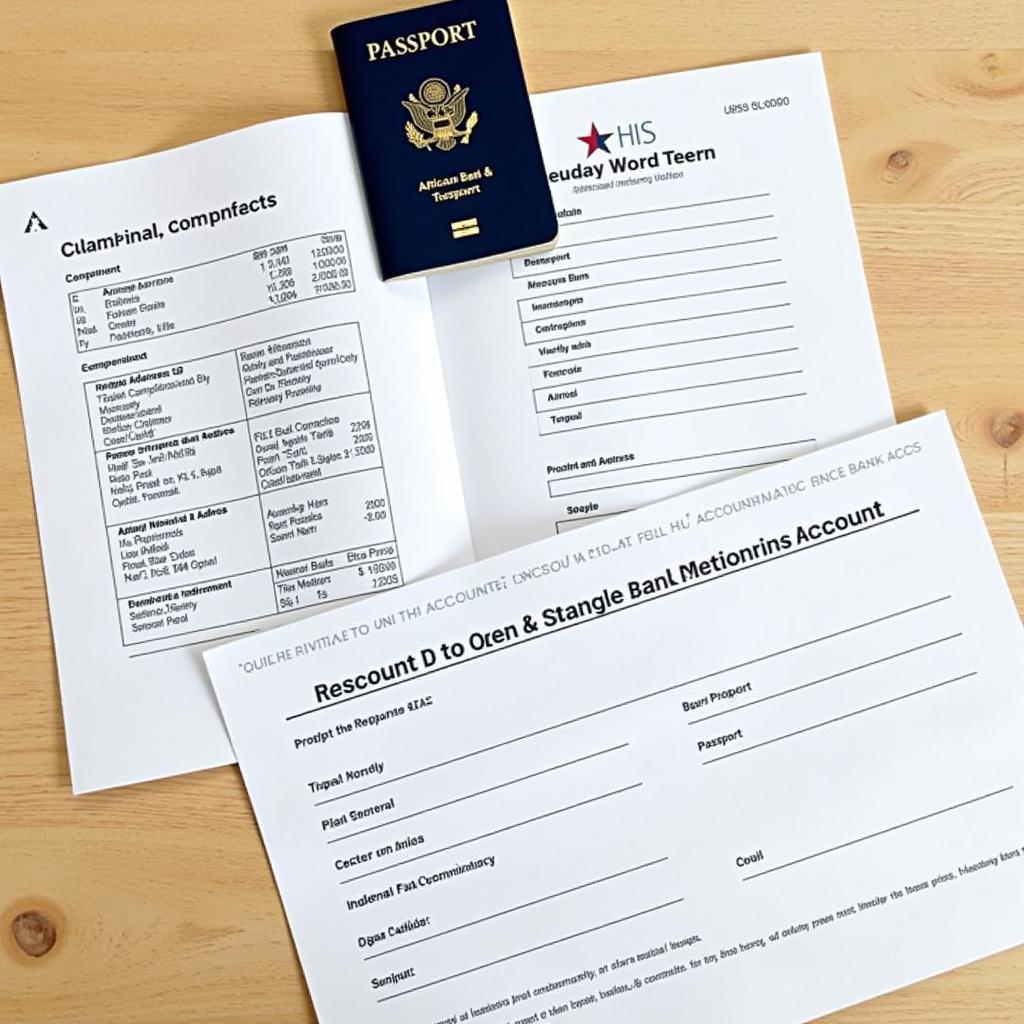African Dress and Headwrap: A Celebration of Culture and Identity
African Dress And Headwrap are more than just clothing; they are powerful symbols of cultural heritage, personal expression, and social status. From the vibrant kente cloth of Ghana to the intricate beadwork of the Maasai, African attire reflects the continent’s rich diversity and history. This article delves into the significance of African dress and headwraps, exploring their varied forms, meanings, and evolution across different regions and communities. Learn about the artistry and craftsmanship behind these garments, and how they continue to inspire and empower individuals worldwide.
The Majestic History of African Dress and Headwraps
African dress and headwraps have a long and fascinating history, deeply intertwined with the continent’s diverse cultures and traditions. For centuries, clothing has served as a marker of identity, reflecting ethnicity, social status, and even spiritual beliefs. Materials used range from handwoven fabrics like kente and bogolanfini to animal hides and natural fibers. These textiles are often adorned with intricate embroidery, beadwork, and other embellishments, showcasing the creativity and skill of African artisans. The headwrap, in particular, holds a unique place in African culture, symbolizing femininity, respect, and spirituality.
A Kaleidoscope of Styles: Exploring Regional Variations
From the flowing robes of North Africa to the brightly colored prints of West Africa, the continent boasts an incredible array of clothing styles. Each region has its own distinct aesthetic, reflecting local customs, climates, and available resources. In some cultures, elaborate headdresses are worn for special occasions, while in others, simple headwraps are part of everyday attire. This diversity makes African dress and headwraps a constant source of inspiration for fashion designers and enthusiasts around the world.
The Art of the Headwrap: Symbolism and Significance
The headwrap, known by various names across the continent like gele, dhuku, or turban, is more than just a fashion accessory. It is a powerful symbol of cultural identity and feminine pride. In many African societies, the way a woman ties her headwrap communicates her marital status, social standing, and even her mood. african american headdress The intricate folds and knots can also convey messages or tell stories, making the headwrap a form of non-verbal communication.
What are the different ways to tie an African headwrap?
There are countless ways to tie an African headwrap, ranging from simple knots to elaborate designs. Each style has its own name and meaning, reflecting the creativity and ingenuity of African women.
African Dress and Headwraps in the Modern World
Today, African dress and headwraps continue to evolve, blending traditional styles with modern influences. Designers are incorporating African prints and textiles into contemporary fashion, bringing the vibrant colors and patterns to a global audience. african chic clothing This renewed interest in African fashion has also empowered local artisans and communities, creating economic opportunities and promoting cultural preservation.
How can I incorporate African dress and headwraps into my wardrobe?
From bold prints to elegant headwraps, there are many ways to incorporate African-inspired pieces into your wardrobe. african girl t shirts designs Experiment with different styles and find what suits your personal taste.
 Modern Interpretations of African Dress
Modern Interpretations of African Dress
Conclusion: Embracing the Legacy of African Dress and Headwrap
African dress and headwrap represent a vibrant tapestry of cultural heritage and artistic expression. african fabric shop manchester From their historical significance to their modern interpretations, these garments continue to inspire and empower individuals worldwide. By understanding the rich history and symbolism behind African attire, we can appreciate the beauty and diversity of the continent’s cultural legacy. african black teen ladies bikini pics
FAQ
- What is the significance of the headwrap in African culture?
- What are some popular African fabrics used in traditional dress?
- How can I learn to tie different headwrap styles?
- Where can I find authentic African clothing and accessories?
- What are some contemporary designers incorporating African elements into their work?
- How has African dress evolved over time?
- What is the cultural significance of different colors and patterns in African dress?
Kaka Magambo, a renowned Tanzanian textile artist, shares her perspective: “African dress and headwraps are more than just clothes; they are a celebration of life, a testament to our ancestors’ ingenuity, and a powerful expression of who we are.” Aisha Bah, a Senegalese fashion designer, adds: “Each stitch, each fold, each bead tells a story. It’s a language spoken through fabric and thread, connecting us to our heritage.”
When you need assistance, please contact us by Phone: +255768904061, Email: [email protected], or visit our address: Mbarali DC Mawindi, Kangaga, Tanzania. We have a 24/7 customer service team.
